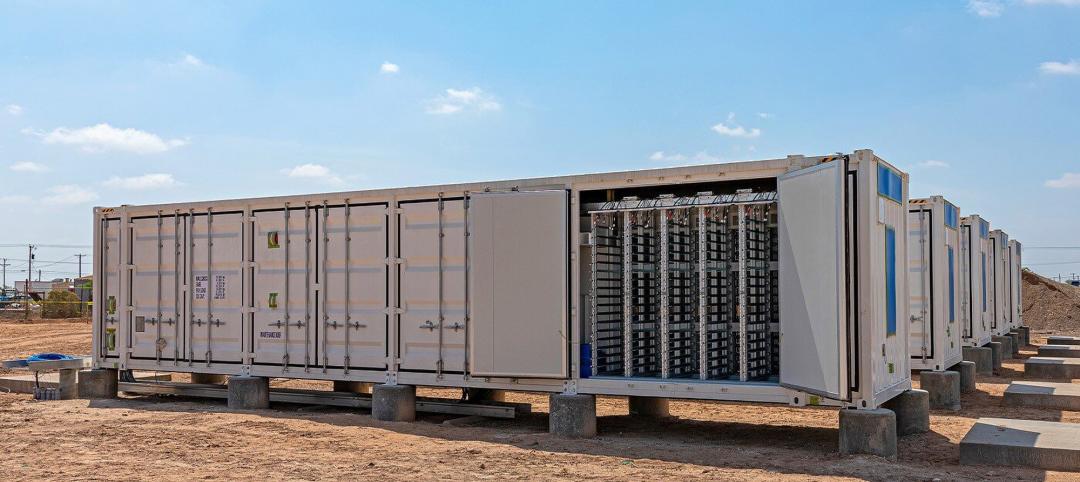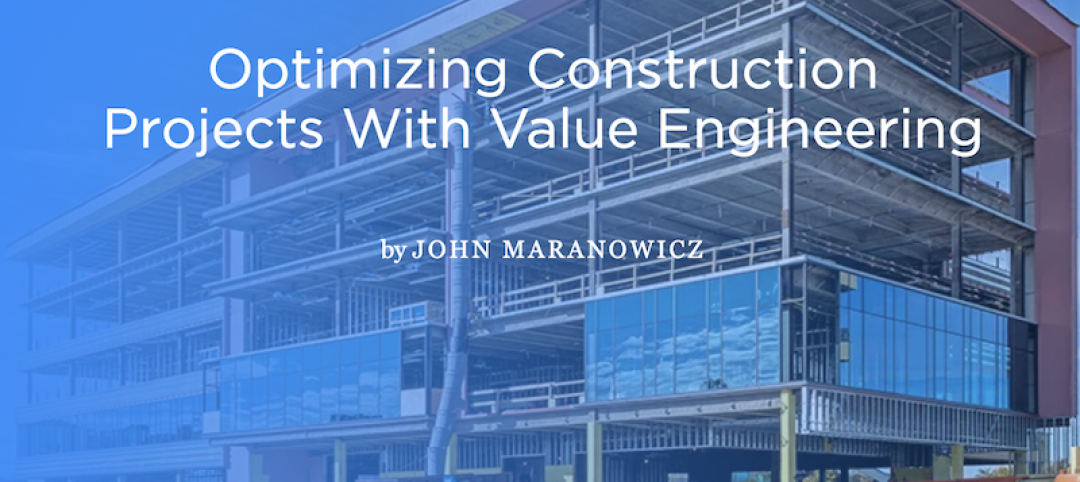The most consistent thing about the solar industry is that it’s rarely consistent. Advances to the technology, manufacturing and regulations are ever-changing — and today’s industry is acutely aware of that volatility.
Since January 2018, the solar industry has been challenged to keep pace with the latest tariffs and exemptions for bifacial modules. Initially, the federal government enacted Section 201 tariffs, placing a 30% year-one tariff on imported solar cells and modules from all but certain developing countries.
Then, in June 2019, bifacial modules, which harvest energy from both the front and back of the module, were granted an exemption from the tariffs. At the time of this exemption, bifacial modules, which are primarily manufactured overseas, represented less than 1% of global solar installations, according to Greentech Media.
What to know more about bifacial solar? Download Burns & McDonnell's new white paper on the technology
In the whirlwind of these unexpected market changes, this exemption quickly directed the industry’s attention to bifacial modules, which offer higher energy yield for a moderate cost impact. With the tariff remaining for traditional monofacial modules, bifacial modules became an economically advantageous option. With that, the industry pivoted.
Solar companies and developers started to choose bifacials to support their photovoltaic projects. Thanks to a recent rise in mono passivated emitter rear contact (PERC) cells across the industry, manufacturers were able to transition smoothly to bifacial modules, which are made with mono PERC cells. As orders came in, manufacturers started the production of bifacial modules.
A mere four months after the exemption was announced — just as bifacial adoption was taking off — the administration reversed the tariff exemption for bifacial modules noting that the exemption undercut the Section 201 tariffs' intent to increase U.S. manufacturing and decrease unfair competition.
This reversal reverberated across the industry. It meant that bifacial modules would, yet again, be more expensive than monofacial modules. Projects had already committed to bifacial technology. Developers had mapped out necessary sites for bifacials, which require less land than monofacials, and budgeted for tariff-free modules.
Then, in December 2019, the U.S. Court of International Trade ruled to uphold the tariff exclusion for bifacial solar modules. The court determined there was an absence of appropriate notice and time for the public or interested parties to comment.
Global solar manufacturers are also trying to land on solid ground. Many had already changed their processes from PERC to bifacial in response to the exemption and increased demand. And in the U.S., solar companies that predominantly produce monofacial modules are planning to get some new manufacturing plants online to accommodate bifacial technology.
The conversation around Section 201 tariffs is far from over. In February 2020, the U.S. International Trade Commission will conduct a midterm review of the tariffs, which might lead to termination or extension.
The solar industry has been and will continue to be dynamic, making it critical to keep a pulse on the latest technology, manufacturing and regulations. End-users can adapt to these rapid changes by gaining a thorough understanding of how the political environment can impact a project. For developers in this uncertain environment, adding a change clause in the contract can help ease challenges that arise when there are major changes to project equipment.
About the Author
Will Porter, PE, is an electrical engineer with more than 10 years dedicated to the renewable energy industry. His experience includes photovoltaic (PV) and energy storage detailed design, inverter station product development, PV and energy storage contract review, site inspections, permitting management and utility-scale engineer-procure-construct (EPC) project engineering. He also has provided support on more than 1 GW of PV and energy storage projects, from development through construction and operations and maintenance.
More from Author
Burns & McDonnell | Oct 23, 2024
Navigating battery energy storage augmentation
By implementing an augmentation plan upfront, owners can minimize potential delays and unforeseen costs when augmentation needs to occur, according to Burns & McDonnell energy storage technology manager Joshua Crawford.
Burns & McDonnell | Sep 24, 2024
Generative AI can bolster innovation in construction industry
Jeff Danley, Associate Technology and Innovation Consultant at Burns & McDonnell, suggests several solutions generative AI could have within the construction industry.
Burns & McDonnell | May 25, 2023
4 considerations for increasing biodiversity in construction projects
As climate change is linked with biodiversity depletion, fostering biodiverse landscapes during construction can create benefits beyond the immediate surroundings of the project.
Burns & McDonnell | May 1, 2023
Utilizing computer vision, AI technology for visual jobsite tasks
Burns & McDonnell breaks down three ways computer vision can effectively assist workers on the job site, from project progress to safety measures.
Burns & McDonnell | Mar 20, 2023
Battery energy storage market predictions are trickier than ever
Burns & McDonnell breaks down the state of battery energy storage today, from pricing concerns to alternative solutions.
Burns & McDonnell | Dec 12, 2022
Supplementing workplace connections through digital knowledge networks
Zachary Wassenberg of Burns & McDonnell breaks down three applications for digital knowledge networks: training, libraries, and instructions.
Burns & McDonnell | Jun 14, 2022
Thinking beyond the stadium: the future of district development
Traditional sports and entertainment venues are fading as teams and entertainment entities strive to move toward more diversified entertainment districts.
Burns & McDonnell | Jan 4, 2021
Optimizing construction projects with value engineering
When value engineering is referenced in our industry, our minds may immediately go to a process that reduces project cost by slashing scope or decreasing the quality of materials used. However, that is not necessarily what the definition should be.
Burns & McDonnell | Oct 14, 2020
Altering facilities for a post-COVID-19 world
There are several possibilities when it comes to reconfiguring or adjusting a space to maintain the health and safety of workers, from reorganizing spaces to enable social distancing measures to full teardown and reconstruction of a plant.
Burns & McDonnell | Jun 23, 2020
A look back at design standard shifts: ADA vs. COVID-19
The short story is official design guidelines are slow to be developed and made into law.
















